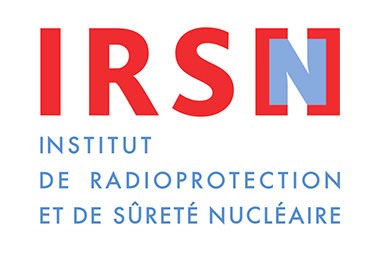Russian Mayak Nuclear Site Probable Site Of Release Of Ru-106 In Fall Of 2017 - Part 1 of 2 Parts
Part 1 of 2 Parts
In the fall of 2017, small quantities of ruthenium-106 (Ru-106) were detected in several European countries. Ru-106 is a product of nuclear fission processes and is used as a radionuclide in medical applications. Early studies of the occurrence of the Ru-106 suggested that air currents in the atmosphere likely carried the radioactive isotope from the southern region of the Ural Mountains. A study commissioned by Russia in April of 2018 concluded that there was not enough evidence to accurately verify that the emission of the Ru-106 was caused by any of the suggested source in the earlier study including possible problems at their Mayak nuclear site.
Now a study has been published that included over thirteen hundred readings taken from across Europe and other areas of the world. One hundred and seventy-six measuring station from twenty-nine countries collected the samples used in the study. The purpose of the study was to identify the source of the Ru-106 release. Olivier Masson from the French Institute for Radiological Protection and Nuclear Safety led a group of seventy experts drawn from all over Europe. The study is titled Airborne concentrations and chemical considerations of radioactive ruthenium from an undeclared major nuclear release in 2017. It was published in the Proceedings of the National Academy of Sciences (PNAS) of the USA on 26 July of this year.
Since the 1960s, European radioprotection authorities have created or upgraded radionuclide monitoring across Europe. The new study says, “Today most of these European networks are connected to each other via the informal 'Ring of Five' (Ro5) platform for the purpose of rapid exchange of expert information on a laboratory level about airborne radionuclides detected at trace levels. In October 2017, an unprecedented release of ruthenium-106 into the atmosphere was the subject of numerous detections and exchanges within the Ro5. Based on times series of detections at various locations in Central Europe, the event was characterized as a short release. The plume duration lasted about 1 to 3 days on average, depending on the location, with the exception of a few areas.”
A couple of possible causes for the release were eliminated in the report. There was too much Ru-106 released to have been the result of an incineration of a source of medical radionuclides. The crash of a satellite was also ruled out as a possible source. The report says, “It is much more likely that the Ru-106 escaped during reprocessing of spent nuclear fuel, possibly in the course of the miscarried production of a highly radioactive cerium-144 source for research applications in the Gran Sasso Laboratory in Italy. According to detection time series, a back-trajectory analysis, and chemical considerations, the Mayak nuclear complex in southern Urals should be considered as a likely candidate for the release.”
Professor Georg Steinhauser at the University of Hannover evaluated the data. He said, "The readings indicate the probably largest single release of radioactivity from a civilian reprocessing plant. We were able to show that the accident happened in the reprocessing of spent fuel, at a very advanced stage of reprocessing, shortly before the end of the process chain. Even though there is no official statement yet, we have a pretty detailed idea of what might have happened."
Please read Part 2
